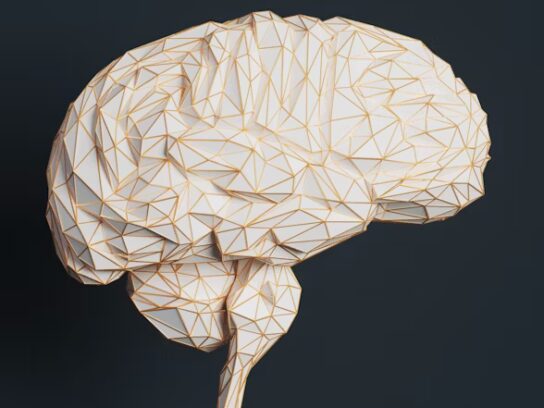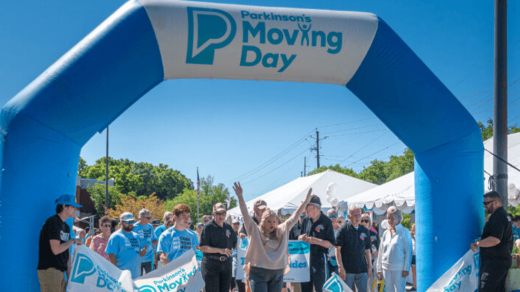
April is Parkinson’s disease awareness month. Last Friday, people marked World Parkinson’s Day to bring attention to this neurodegenerative disease of the nervous system. The disease is named after James Parkinson, a doctor who discovered the disorder in 1817. He was born on April 11.
About one million Americans have Parkinson’s. However, as the population ages, researchers believe the number of cases will climb to 1.2 million by 2030.
Symptoms of Parkinson’s Disease
Parkinson’s disease has some distinct symptoms. People with the condition usually experience a tremor in their hands. The tremors also can start in a person’s foot or jaw. The disease can cause stiffness in the muscles and a person’s movements will slow down significantly.
MCM spoke with Dr. Perry Smith, a neurologist who also is the stroke medical director at Adventist HealthCare Shady Grove Medical Center in Rockville.
He explained, “Parkinson’s is unfortunately pretty common, but fortunately, a very treatable form of disability. I think it is important for people to be aware of it, and to know that it is a treatable condition. It is not something that can be cured, but the treatments are very safe, and very effective,” Smith said.
What Causes Parkinson’s?
Parkinson’s happens when a set of brain cells called the substantia nigra become damaged. It is located in the mid-section of the brain and helps produce dopamine, a chemical that helps control a person’s movements.
Smith said a healthy adult will have about half a million of cells in their substantia nigra but as a person ages, the cells will slowly die off.
“By the time a person has about 100,000 cells in their substantia nigra, he or she will start showing signs of Parkinson’s disease. A person will experience tremors, stiffness, slowing down, and it is because the cells are dying off,” Smith said.
Not everyone will experience this condition because some people’s cells die out more quickly. Aging is not the only reason these cells die off. Smith said genetics can play a role. A person’s exposure to certain toxins also can trigger Parkinson’s disease. Head trauma is often associated with the disease; however, Smith said a person would have to experience repeated head trauma for Parkinson’s to occur.
Tests for Parkinson’s
The symptoms of Parkinson’s often seem similar to other brain disorders such as multiple sclerosis or Lewy body dementia. However, Smith said these other diseases act differently than Parkinson’s. An MRI of the brain can determine if a person has Parkinson’s.
Researchers also are working to develop a blood test to diagnose Parkinson’s. A new study conducted at the Hebrew University of Jerusalem analyzed small pieces of genetic material known as transfer RNA fragments in the blood. The test employed the same technology used during the pandemic to confirm Covid-19 in patients. The test showed some promise in determining early onset of Parkinson’s. However, scientists admit more study is needed to see if this test ultimately will work.
Treatments for Parkinson’s
Smith said there are effective treatments for Parkinson’s. He said the medicines available today can help boost a patient’s level of dopamine. They also can help treat the early symptoms of Parkinson’s. He said physical therapy also is enormously helpful in treating Parkinson’s.
“We recognize treating early symptoms of Parkinson’s disease is really important and even subtle symptoms such as stiffness or a tremor. Even if they don’t look that impressive in a doctor’s office they can really impair your everyday life. So nowadays, the strategy is to be aggressive about medical therapy because it is helpful, and it works,” Smith said.
He remains hopeful that researchers will someday find a cure for Parkinson’s. But in the meantime, Smith wants people to know that while Parkinson’s can be disabling, the disease is treatable. He said there are medicines available that are effective and helpful.


